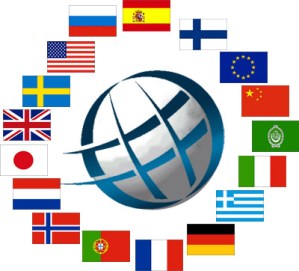
Back in March, the International Corporation for Assigned Names and Numbers (ICANN) approved the first non-Latin top-level domains for use on the Internet, meaning for the first time domains can be set up in scripts other than the Latin characters used for .com, .net, and existing country codes like .cn and .jp. Now, the first non-Latin domains are up and running, with Egypt, Saudi Arabia, and the United Arab Emirates having top-level country-code domains inserted into the global DNS system in Arabic. All three domains are in Arabic script and can be written fully right-to-left.
“Arabic is among the most highly used languages on the Internet today. The Middle-East has an average Internet penetration of just over 20 percent, and shows a big potential for growth,” ICANN wrote in a statement. “Users in the region will now have easier access to the Internet, with the ability to use their primary language for the entire domain name.”
So far, ICANN has received more than 20 requests for top-level country domains in non-Latin scripts, representing some 11 languages. Over a dozen have passed ICANN’s “string evaluation” process for technical and linguistic requirements for non-Latin TLDs. Chinese, Sinhalese, Thai, and Tamil are among the languages in the final stages of the approval process.
The move promises to make it easier for more people around the world to use the Internet successfully, since they will increasingly be able to read, enter, and understand domain names in their native script systems rather than cope with Latinized address names.


